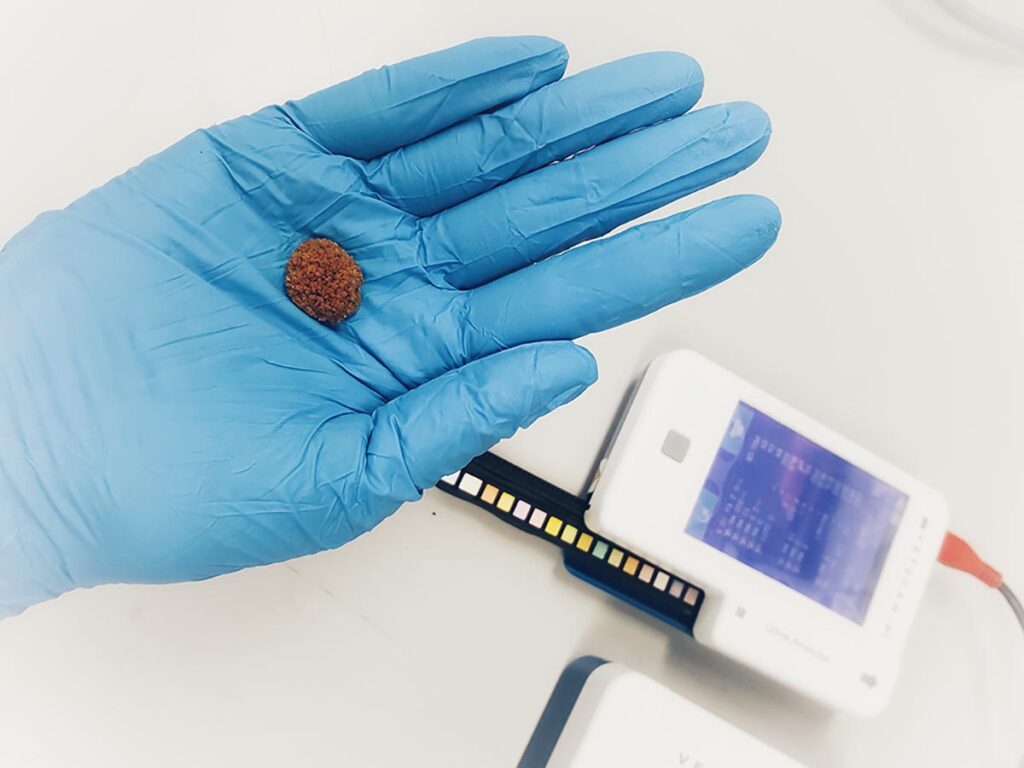
Urología General
Lorem ipsum dolor sit amet, consectetur adipiscing elit. Donec varius fringilla sapien, vitae sagittis quam sagittis a. Nunc mollis, odio at tristique tempus, purus risus pulvinar augue, lacinia tincidunt quam ante ac diam. Etiam id eros quis leo pulvinar facilisis eget ut lectus. Praesent facilisis tellus urna, a sodales libero tincidunt ac. Morbi in hendrerit purus. Suspendisse potenti.

La Urología oncológica, conocida como Uro-oncología, es una subespecialización de la Urología. Esta rama se encarga de la prevención, del diagnóstico y del tratamiento de los tumores que afectan a los órganos genitourinarios, del retroperitoneo, área suprarrenal, así como tumores con afectación de la cavidad pélvica.
En nuestra unidad de tumores urológicos y tratamiento mínimamente invasivo del cáncer contamos con un equipo especializado en Uro-Oncología que ofrece una atención integral a nuestros pacientes oncológicos durante todo el proceso de la enfermedad. Parte de esta atención integral comprende la colaboración directa con oncología médica y radioterápica.
La próstata es una glándula sexual que forma parte, junto con el pene y los testículos, del aparato reproductor masculino. Este órgano se encuentra rodeando a la uretra, el conducto mediante el cual se vacía la orina de la vejiga y que permite la salida del semen al exterior en el caso de una eyaculación. La próstata de un individuo joven tiene el tamaño aproximado de una nuez, aunque con la edad tiende a aumentar lentamente de tamaño; si se agranda demasiado, puede causar problemas.
Las enfermedades más frecuentes de la próstata son:
-Hiperplasia benigna de próstata
-Cáncer de próstata
-Prostatitis aguda y crónia

La enucleación prostática con Láser Holmium es la técnica quirúrgica para el tratamiento de la Hiperplasia Benigna de Próstata (HBP) más versátil,
ya que puede usarse en cualquier forma de presentación de la HBP. Esta técnica es útil ante cualquier tamaño prostático.
Actualmente está reconocida y recomendada por las principales guías urológicas internacionales por la comodidad que implica el abordaje
transuretral y el alto nivel de eficiencia y seguridad que presenta.
Actualmente está reconocida y recomendada por las principales guías urológicas internacionales por la comodidad que implica el abordaje transuretral y el alto nivel de eficiencia y seguridad que presenta.

Litiasis renal es un término médico que se refiere a la formación de cálculos o piedras en el riñón. Estos cálculos están compuestos de sustancias como oxalato de calcio, ácido úrico, fosfato de calcio, y otros componentes.
La formación de piedras en el riñón puede ser dolorosa y puede causar problemas graves de salud si no se trata adecuadamente. Los síntomas de la litiasis renal pueden incluir dolor intenso en la parte baja de la espalda, dolor al orinar, micción frecuente, náuseas, vómitos y fiebre.
El tratamiento de la litiasis renal depende del tamaño y la ubicación de los cálculos. Las opciones de tratamiento pueden incluir la observación y el manejo de los síntomas, la terapia con ondas de choque, la cirugía, la eliminación de los cálculos mediante un tubo insertado a través de la vejiga, y otros tratamientos médicos y quirúrgicos. Además, se pueden prescribir cambios en la dieta y la ingesta de líquidos para prevenir la formación de nuevos cálculos en el futuro.
La incontinencia de orina es la incapacidad de controlar la salida de orina de la vejiga, lo que puede resultar en fugas involuntarias de orina. Este es un problema común, especialmente en personas mayores o en aquellos que han experimentado cambios hormonales debido al embarazo o la menopausia.
La incontinencia de orina puede ser causada por varios factores, como la debilidad muscular del suelo pélvico, la hiperactividad de la vejiga, la obstrucción del tracto urinario, enfermedades neurológicas, lesiones de la médula espinal, ciertos medicamentos y otros factores.
El tratamiento de la incontinencia de orina depende de la causa subyacente y puede incluir ejercicios para fortalecer los músculos del suelo pélvico, cambios en la dieta y el estilo de vida, medicamentos, dispositivos médicos, como los pañales para adultos y los catéteres, y cirugía.
Es importante que cualquier persona que experimente incontinencia de orina hable con su médico para recibir un diagnóstico preciso y un tratamiento adecuado. La incontinencia de orina no tiene que ser una parte normal del envejecimiento y hay muchas opciones disponibles para ayudar a manejar o tratar el problema.


- Clamidia: una infección bacteriana que puede afectar a hombres y mujeres. La clamidia puede causar dolor durante el sexo, secreción vaginal o uretral y dolor al orinar.
- Gonorrea: otra infección bacteriana que afecta a hombres y mujeres. La gonorrea puede causar dolor durante el sexo, secreción vaginal o uretral y dolor al orinar.
- Sífilis: una infección bacteriana que puede afectar a hombres y mujeres. La sífilis puede causar llagas en los genitales, el ano o la boca. Si no se trata, puede afectar gravemente el cerebro, el corazón y otros órganos.
- VIH/SIDA: una infección viral que afecta a hombres y mujeres. El VIH ataca al sistema inmunológico y puede llevar al SIDA, una enfermedad que hace que el cuerpo sea vulnerable a otras infecciones.
- Herpes genital: una infección viral que causa llagas dolorosas en los genitales o el ano. La infección puede ser recurrente y se transmite a través del contacto piel con piel.
- VPH: una infección viral que puede causar verrugas genitales o cáncer de cuello uterino en mujeres.
Solicitar Cita
Lorem ipsum dolor sit amet, consectetur adipiscing elit. Donec varius fringilla sapien, vitae sagittis quam sagittis a.
